Resources
View our database of resources relating to WASH in HCF.
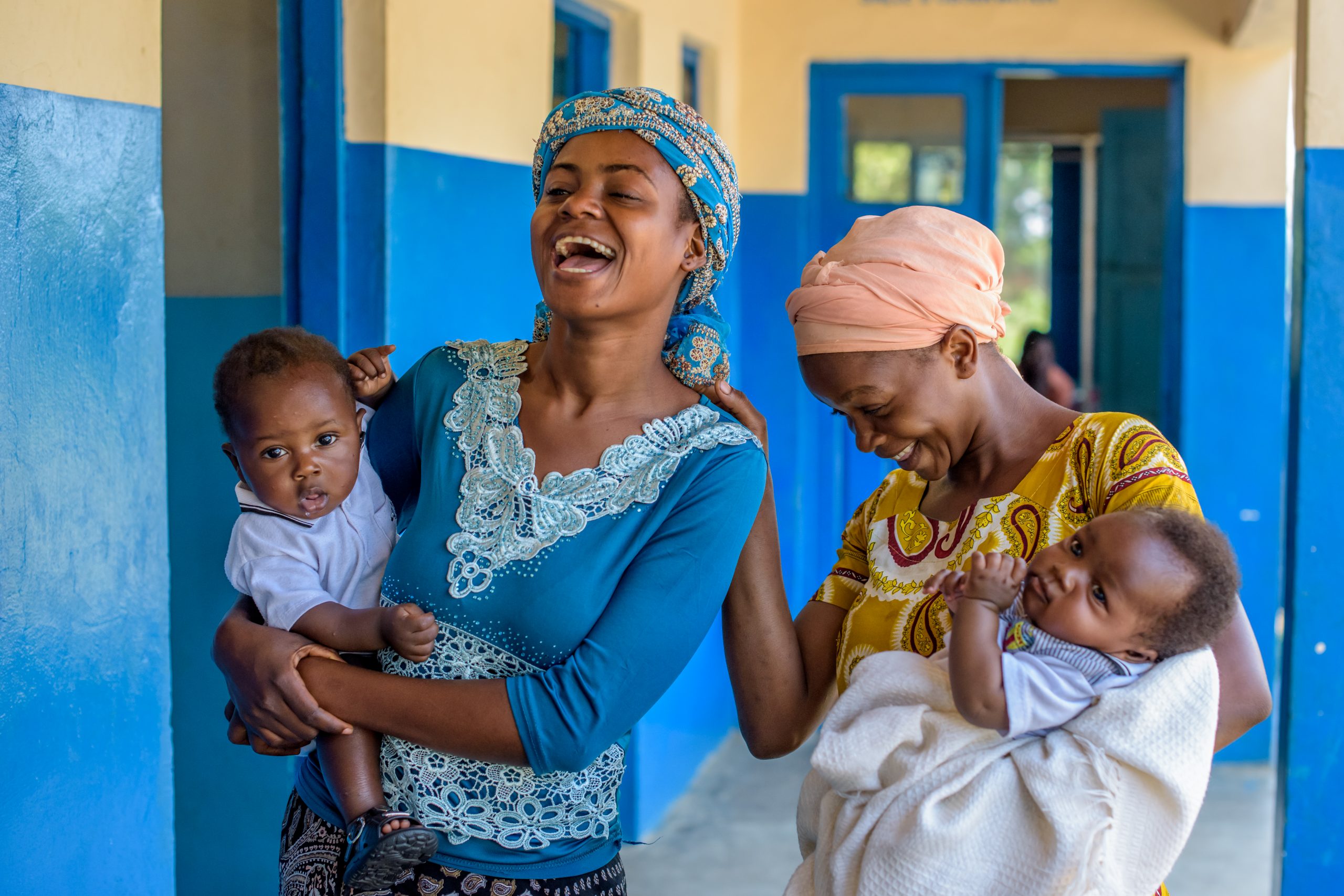
View our database of resources relating to WASH in HCF.
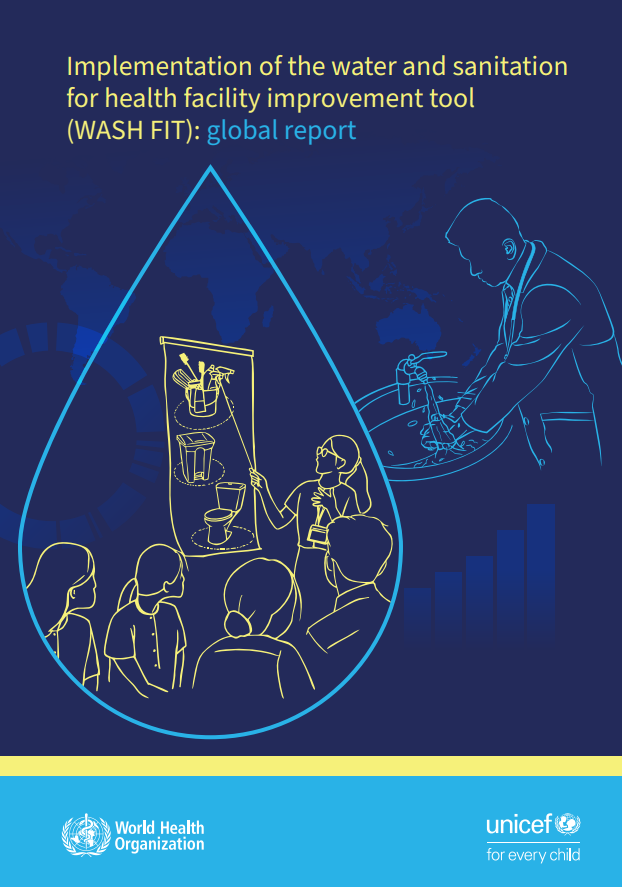
13.02.2025
This report provides an analysis of the application of the Water and Sanitation for Health Facility Improvement tool (WASH FIT) and case studies from a select number of countries that illustrate different approaches for implementing and scaling up the tool.
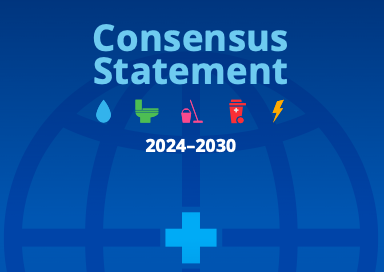
01.11.2024
This document outlining the role of policymakers and partners in implementing the Global Framework for Action was signed by 20+ leading organizations.
13.02.2025
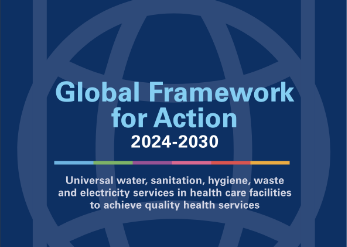
29.05.2024
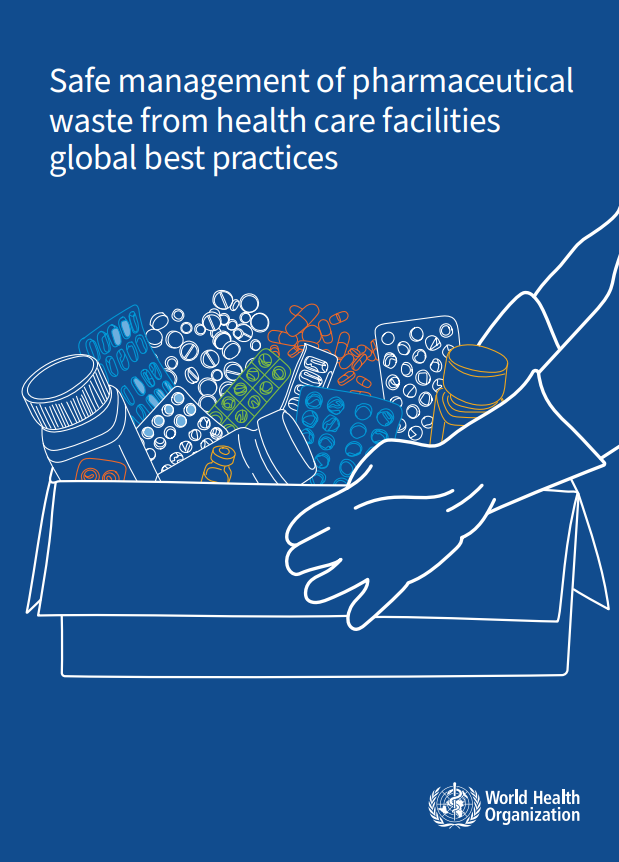
21.02.2025
You can search through the online database of resources below. Use the filter option to refine your search.
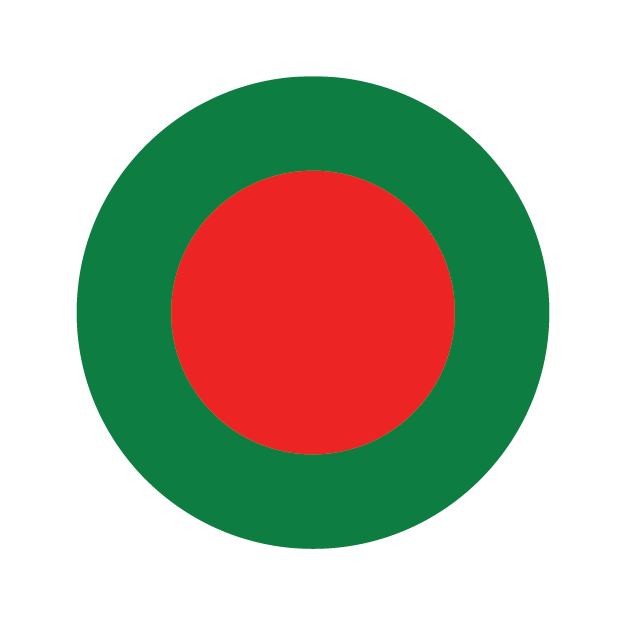

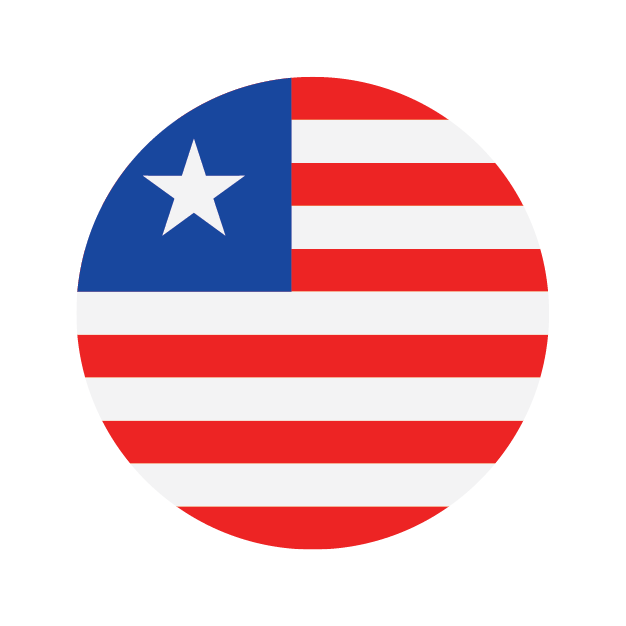
Do you have a resource to share?
Fill in the form below to submit your resource to our database.